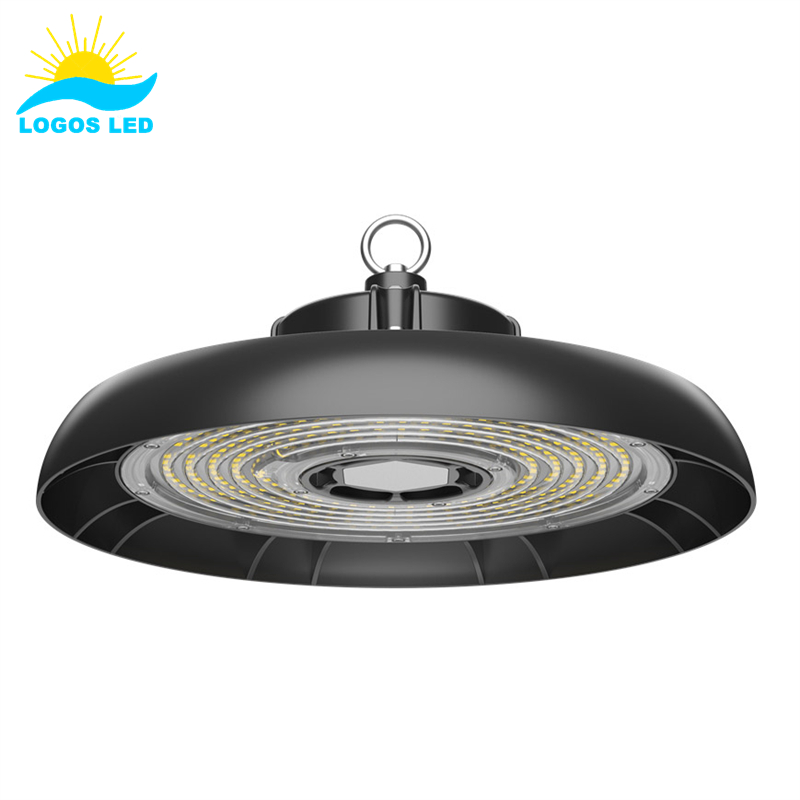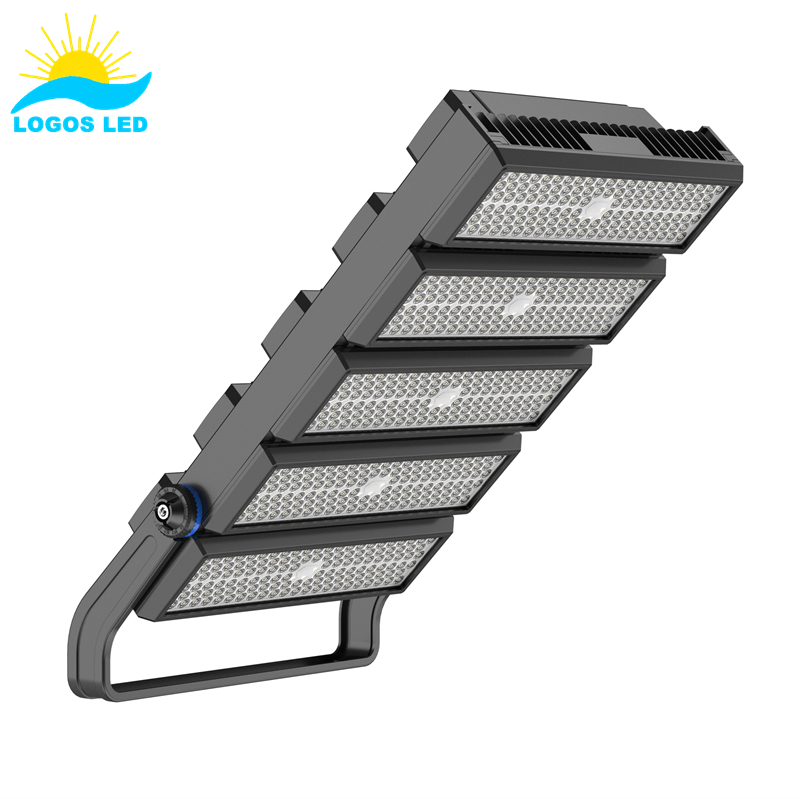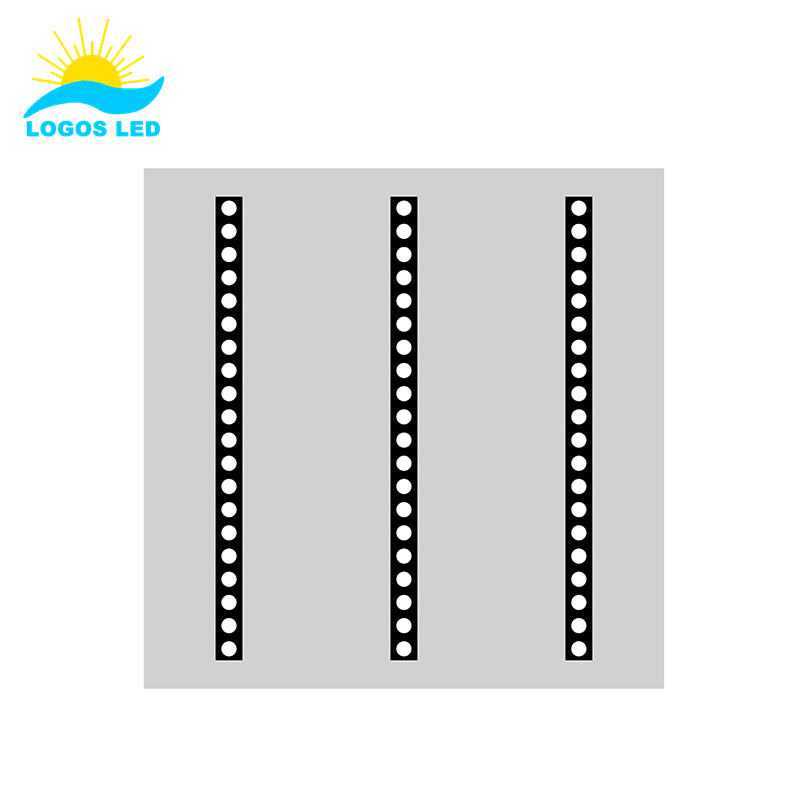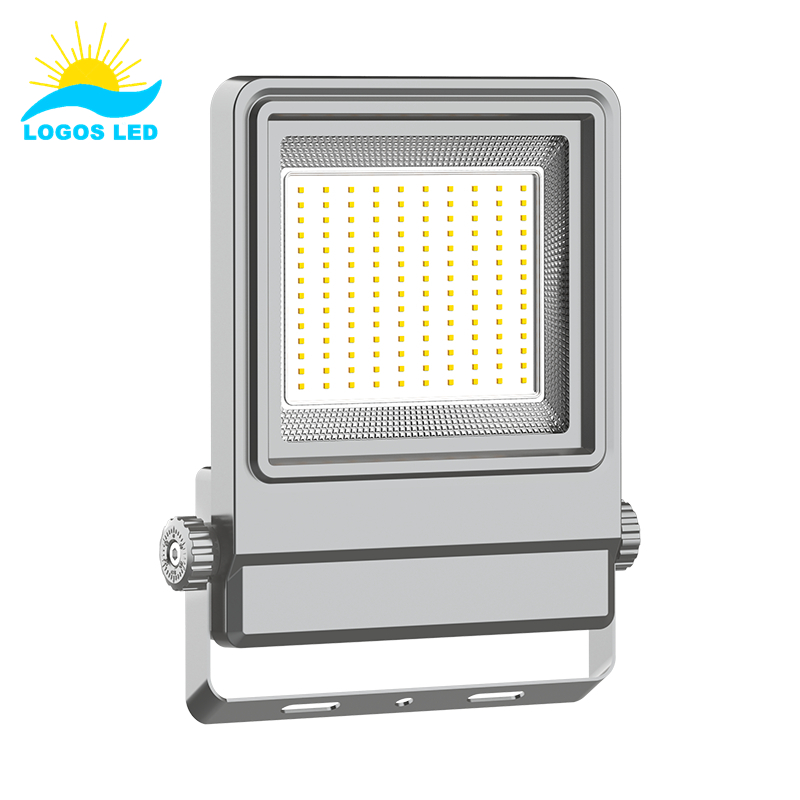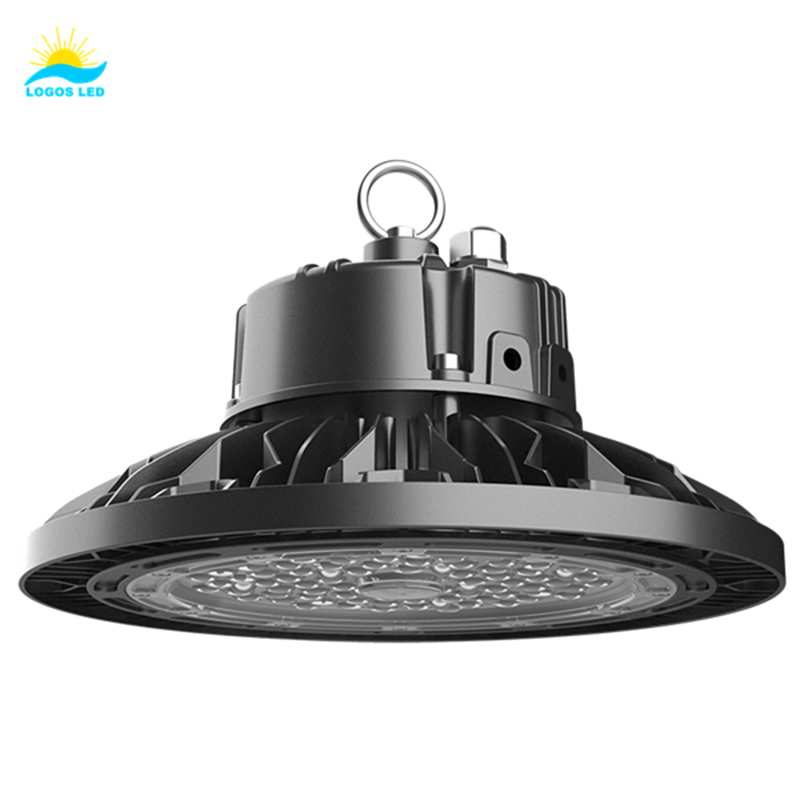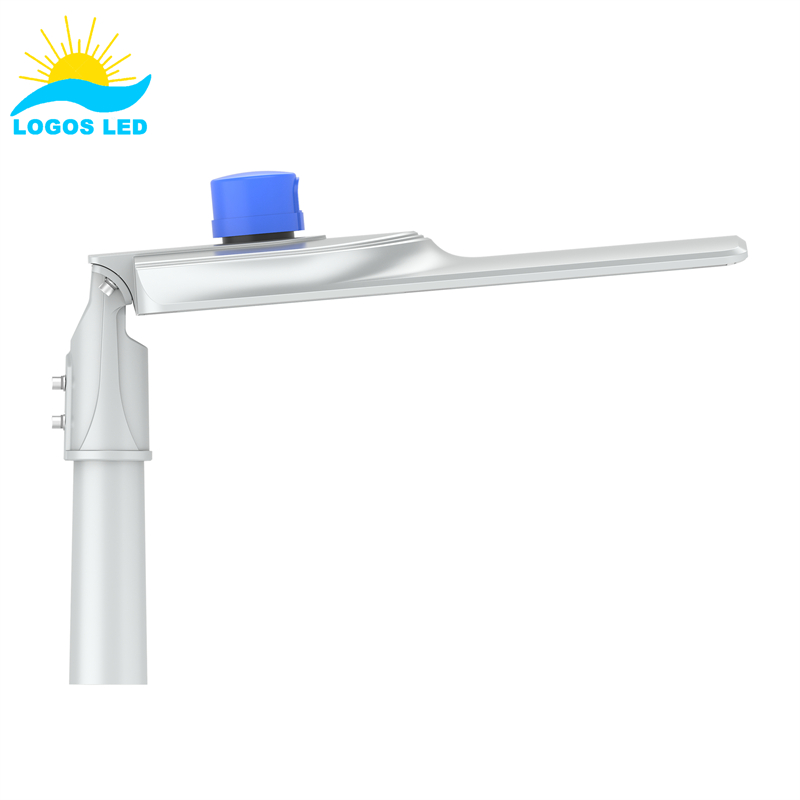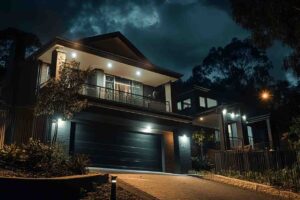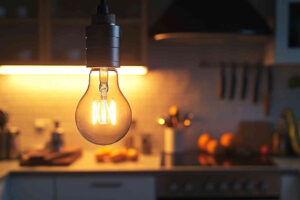Tired of fumbling in the dark or wasting energy with lights left on? Choosing the right motion sensor ceiling light can solve these issues efficiently.
Motion sensor ceiling lights offer convenience and energy savings by automatically illuminating spaces when movement is detected. These lights come in various types, including wired and wireless options, suitable for both indoor and outdoor settings. Understanding the differences between sensor technologies and light specifications is crucial for selecting the best fixture for your needs.
Let’s delve deeper into the key considerations to help you make an informed choice.
Table of Contents
What’s the Difference Between PIR and Motion Sensors?
Motion sensors detect movement to activate lighting. The most common types are Passive Infrared (PIR) and microwave sensors.
- PIR Sensors: Detect infrared radiation (heat) from moving objects. They are energy-efficient and ideal for detecting motion across a room. However, they may not detect motion directly towards or away from the sensor effectively.
-
Microwave Sensors: Emit microwave pulses and measure reflections off moving objects. They are more sensitive and can detect motion through certain materials, making them suitable for areas with obstacles.
Understanding these differences helps in selecting a sensor that matches your specific requirements.
How to Choose LED Ceiling Lights?
Choosing the right LED ceiling light goes beyond just picking a style. Here’s what you should focus on:
- Brightness (Lumens)
First, make sure the fixture provides enough light for the space. For general use, bedrooms might need 800–1,200 lumens, while living rooms typically need 1,000–2,000 lumens. Kitchens or workspaces often require even more—around 3,000 lumens or higher. -
Color Temperature (Kelvin)
This sets the tone of the room.
Warm white (2700K–3000K) creates a soft, relaxing feel—great for bedrooms and living rooms.
Neutral white (3500K–4500K) works well in hallways or bathrooms.
Cool white or daylight (5000K–6500K) is ideal for kitchens, garages, or task areas where clarity matters. -
Design and Size
The light should match your room’s style and size. A small flush mount fits tight spaces, while a larger round or square panel is better for wide, open ceilings. Low ceilings call for flush mounts, while higher ceilings can handle hanging or semi-flush fixtures. -
Energy Efficiency
LED ceiling lights with high lumens-per-watt ratios offer more light using less energy, reducing your electricity bills over time.
Taking the time to match light output, color tone, fixture size, and efficiency ensures you choose an LED ceiling light that performs well and looks great.

What Are the Different Types of LED Motion Sensor Ceiling Lights?
LED motion sensor ceiling lights are designed to automatically turn on when they detect movement, making them ideal for safety, convenience, and energy efficiency. There are several types available, each suited for different situations:
- Wired Motion Sensor Ceiling Lights
These are hardwired into your home’s electrical system. They provide continuous power and are great for permanent setups like hallways, staircases, or utility rooms. Installation requires access to existing wiring and may need a professional. -
Wireless Motion Sensor Ceiling Lights
These operate on batteries or rechargeable power. They’re perfect for places where wiring is difficult, like closets, attics, or sheds. Installation is simple—no electrician required—but the batteries will need occasional replacement or recharging. -
Indoor Motion Sensor Ceiling Lights
Built specifically for indoor use, these lights are often found in hallways, bedrooms, closets, laundry rooms, or basements. They’re designed for dry, controlled environments and offer smooth, instant activation. -
Outdoor Motion Sensor Ceiling Lights
These are made with weather-resistant housing to handle rain, dust, and extreme temperatures. They’re great for garages, porches, patios, and entranceways. Most outdoor models include additional features like dusk-to-dawn sensors or adjustable detection ranges.
Choosing the right type depends on your space, whether it’s indoors or outdoors, and whether you have access to an electrical supply or need a battery-powered solution.
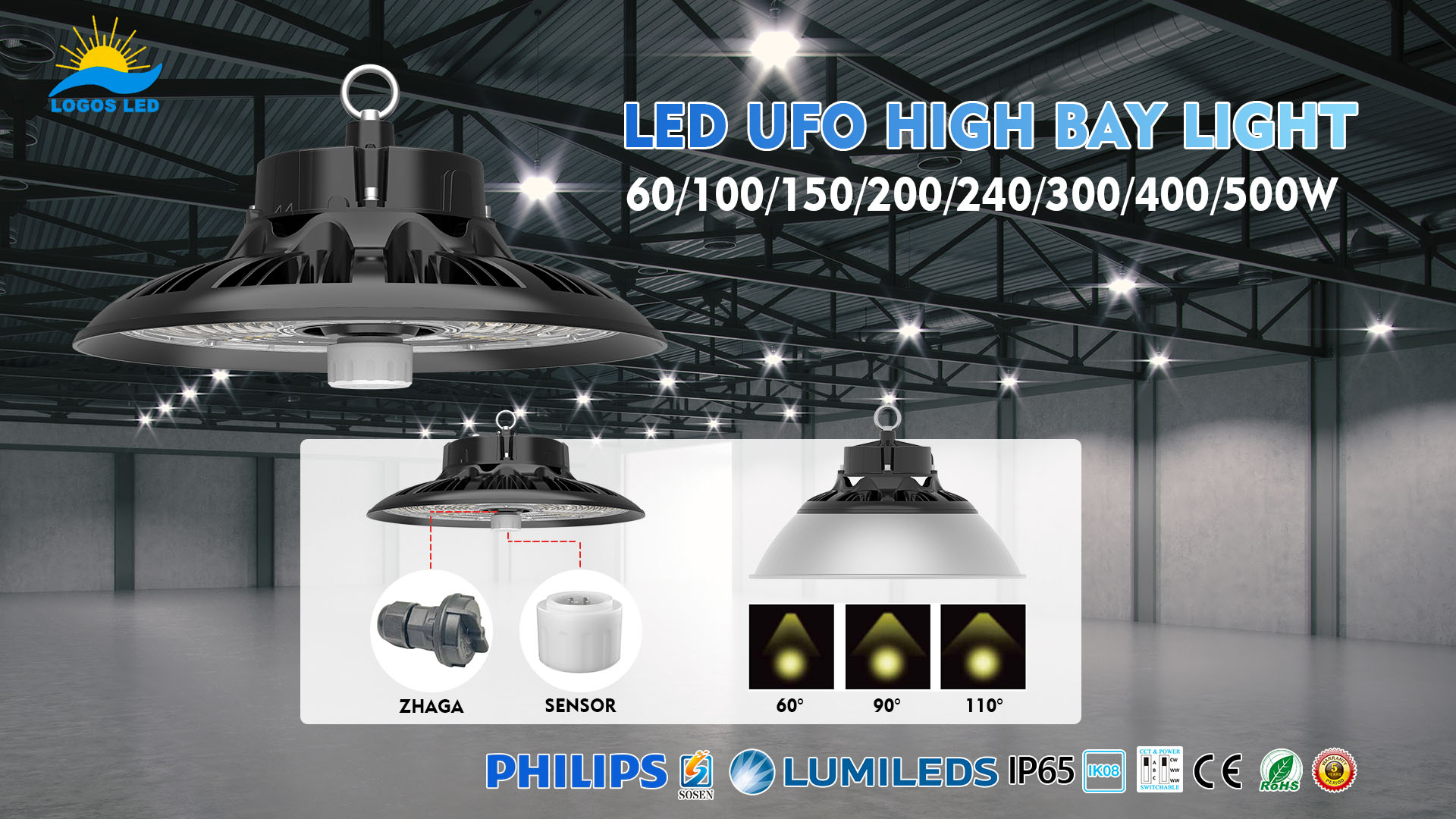
What to Look for When Buying Ceiling Lights?
Buying the right ceiling light isn’t just about brightness—it’s also about how well it fits your space and needs. Here’s what to keep in mind:
- Sensor Range and Angle
If you’re choosing a motion sensor model, check the coverage area. A good ceiling light should detect motion from 3 to 6 meters away with a wide-angle sensor—ideally around 120° to 360°, depending on the room layout. -
Adjustable Settings
Look for features that let you tweak performance. Sensitivity settings help fine-tune detection, while timer options let you control how long the light stays on after motion is detected. Some models even offer daylight sensors to prevent activation during the day. -
Installation Requirements
Some lights are plug-and-play. Others need hardwiring. If you’re not comfortable working with electrical wiring, choose an easy-install model or be ready to call a licensed electrician. Also, make sure the fixture is compatible with your ceiling type—flush mount or recessed. -
Aesthetic Appeal
The light should blend well with your decor. Whether you prefer sleek, modern panels or classic dome designs, make sure the size, shape, and finish match your space. Don’t forget to consider how it looks when off as well as when lit.
A well-chosen ceiling light enhances both the look and function of your space—so take the time to pick the right one.
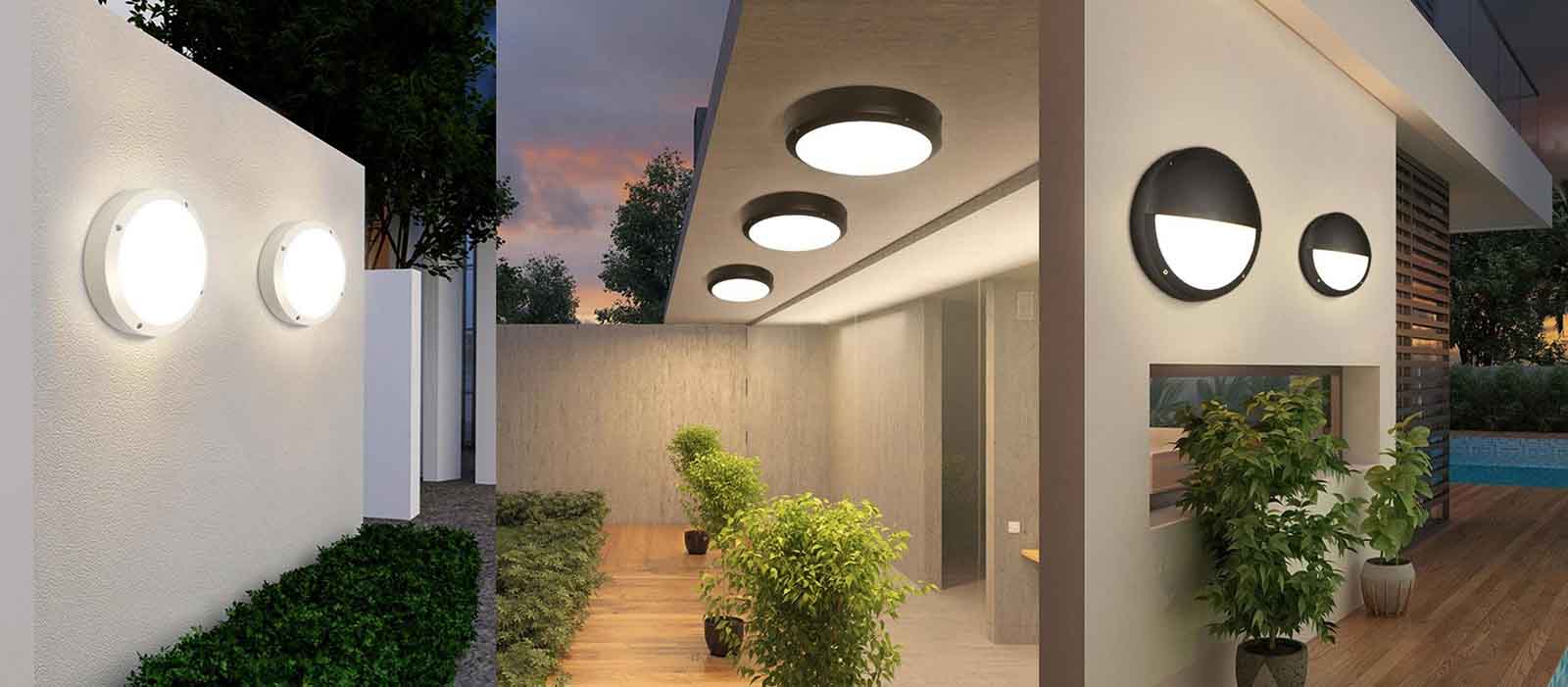
How Many Lumens Should a Ceiling Light Be?
Getting the right brightness matters, and lumens—not watts—are the key. Lumens measure how much light a fixture actually puts out. Here’s a breakdown by room type to help guide your choice:
- Living Room: You’ll want between 1,000 to 2,000 lumens. This gives enough light for socializing or watching TV without being too harsh.
-
Kitchen: Aim for 3,000 to 4,000 lumens. You need bright, clear light for cooking and cleaning. Consider combining general lighting with task lights under cabinets.
-
Bedroom: 1,000 to 2,000 lumens is typically enough. If you like reading in bed, use bedside lamps or dimmable ceiling lights.
-
Bathroom: This space needs serious brightness—about 7,000 to 8,000 lumens total. That includes vanity lights, overhead fixtures, and possibly shower lighting. Good lighting here helps with grooming and detail work.
-
Hallway: 500 to 1,000 lumens will do. Hallways don’t need to be very bright, just well-lit enough for safe movement.
These are starting points. Always adjust based on your room size, ceiling height, paint colors, and personal preferences.
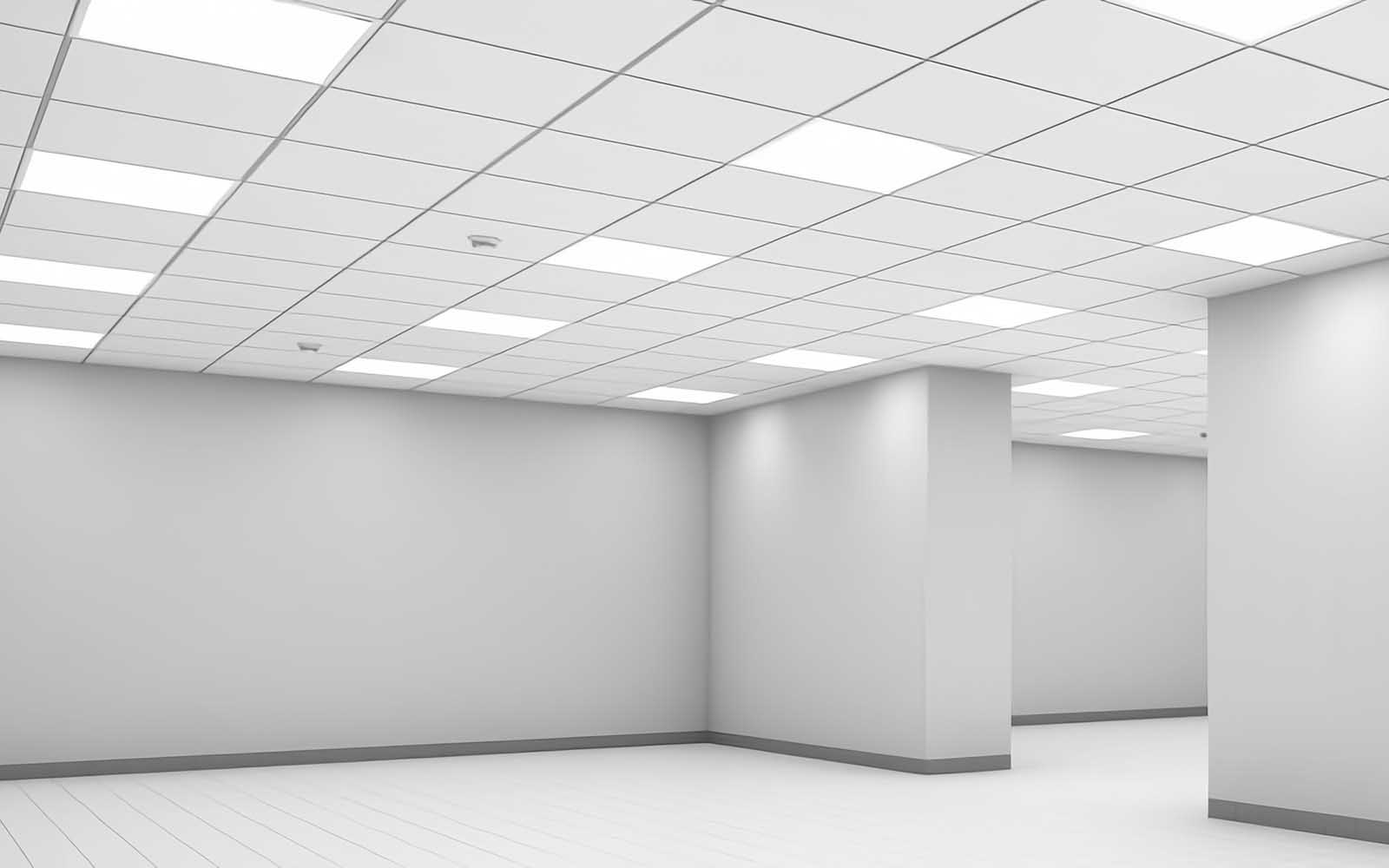
Conclusion
Choosing the best motion sensor ceiling light involves understanding sensor types, assessing room requirements, and considering installation preferences. By evaluating these factors, you can enhance your home’s lighting efficiency and convenience.
If you have any questions or need assistance in selecting the perfect motion sensor ceiling light, feel free to contact us at Logos Lighting. We’re here to help!
Request A Free Quote Now!
Send us a message if you have any questions or request a quote. We will get back to you ASAP!



